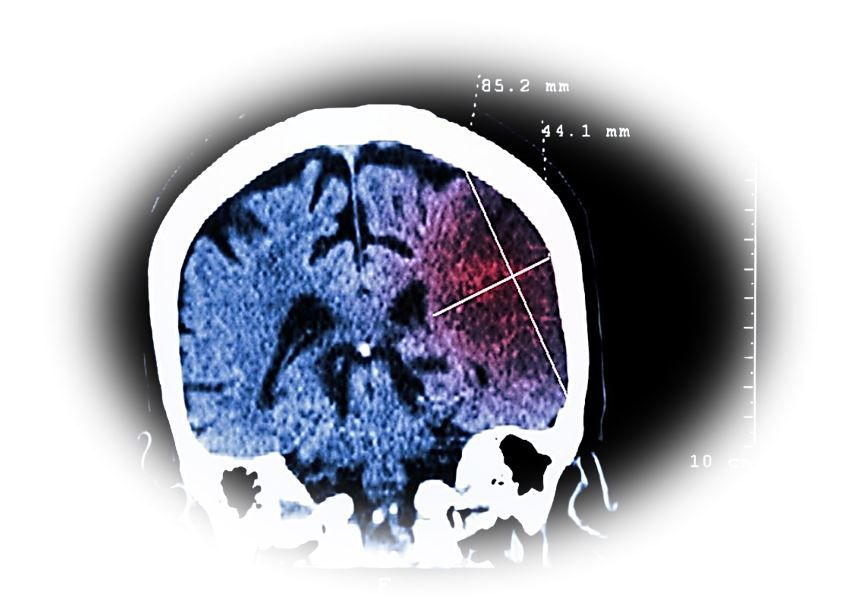- Clinical Technology
- Adult Immunization
- Hepatology
- Pediatric Immunization
- Screening
- Psychiatry
- Allergy
- Women's Health
- Cardiology
- Pediatrics
- Dermatology
- Endocrinology
- Pain Management
- Gastroenterology
- Infectious Disease
- Obesity Medicine
- Rheumatology
- Nephrology
- Neurology
- Pulmonology
Statin Treatment and Duration Associated with Reduced Risk of Hemorrhagic Stroke
Treatment with statin medications may be protective against intracerebral hemorrhage (ICH) and risk reduction may increase with longer duration of treatment, according to findings from a Danish study published online December 7 in the journal Neurology.
©Puwadol Jaturawuttichai/Shutterstock

Contrary to their original hypothesis study authors also report that the association with treatment duration and lower risk did not vary by location of hematoma, with similar reductions in risk seen at ≥5 years for both lobar (33%) and nonlobar (38%) ICH.
Previous research has raised concern of increased risk of ICH among individuals taking statins who have a history of stroke, according to Nils Jensen Boe, MD, from Odense University Hospital in Denmark and colleagues. Findings from subsequent studies that looked at statin use in persons with and without prior stroke are inconsistent, they add, although most found no risk of increased bleeding. Even more recently published studies that assessed treatment intensity and/or duration-response relationships found lower risk in in statin users and an inverse relationship with risk and treatment duration and intensity.
Boe et al used data from linked Danish nationwide registries to examine the association between long-term statin exposure and ICH risk and whether the risk varies for different ICH locations.
They identified all first-ever cases of ICH between 2009 and 2018 in adults aged ≥55 years in the Southern Denmark Region. Data were included for 989 patients with lobar ICH (mean age 76.3 years, 52.2% women) who were matched with 39 500 controls for age, sex, and calendar year and 1175 patients with nonlobar ICH (mean age 75.1 years, 46.5% women) matched with 46 755 controls.
Using a nationwide prescription registry, researchers obtained data on prior statin and other medication use which was then classified for recency, duration, and intensity. Adjusted odds ratios (aORs) and 95% confidence intervals (CI) were calculated using logistic regression analysis adjusted for potential confounding variables.
Compared with their controls, use of anticoagulants, platelet inhibitors, and selective serotonin reuptake inhibitors was more frequent in study participants with both lobar and non-lobar ICH. Preadmission use of non-steroidal anti-inflammatory drugs and proton pump inhibitors was higher among those with nonlobar ICH.
The researchers found that current statin use was associated with a similarly reduced risk for both lobar ICH (aOR0.83; 95% CI, 0.70 to 0.98) and for nonlobar ICH (aOR 0.84; 95% CI 0.72 to 0.98).
They also observed an association between longer duration of statin use and reduced risk for both lobar and nonlobar ICH.
Lobar (p for trend <.040):
- <1 year: aOR 0.89; 95% CI, 0.69 to 1.14
- ≥1 year to <5years: aOR 0.89; 95% CI 0.73 to 1.09
- ≥5 years: aOR 0.67; 95% CI, 0.51 to 0.87
Nonlobar (p for trend <.001):
- <1 year: aOR 1.00; 95% CI, 0.80 to 1.25
- ≥1 year to <5years: aOR 0.88; 95% CI 0.73 to 1.06
- ≥5 years: aOR 0.62; 95% CI, 0.48 to 0.80
When investigators stratified estimates only by intensity of therapy, they found them similar to the main estimates for low-medium intensity therapy (lobar aOR 0.82; non-lobar aOR 0.84) while an association with high-intensity therapy was neutral (lobar aOR 1.06; non-lobar aOR 1.02)
In analyses restricted to patients with ICH, Boe and colleagues report finding no difference in ICH location based on duration of statin use.
“Our findings regarding a lower risk of ICH in association with statin use and long-term therapy with statins are consistent with results of recent observational studies,” the authors write but add that their results did not support the original hypothesis that the benefit of statin therapy would be greater in reducing risk of nonlobar vs lobar ICH.
Reference: Boe NJ, Hald SM, Jensen MM, et al. Association between statin use and intracerebral hemorrhage location: a nested case-control registry study. Neurology. Published online December 7, 2022. doi: 10.1212/WNL.0000000000201664
